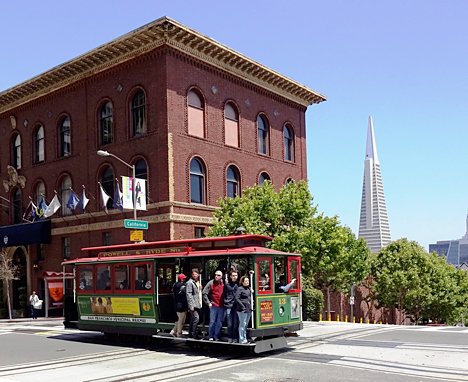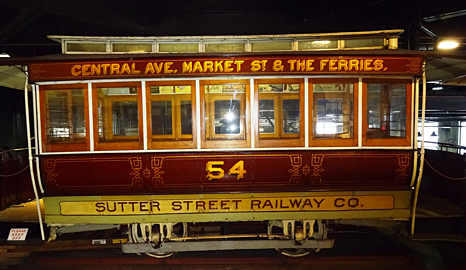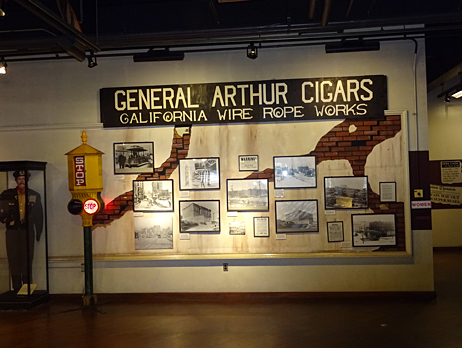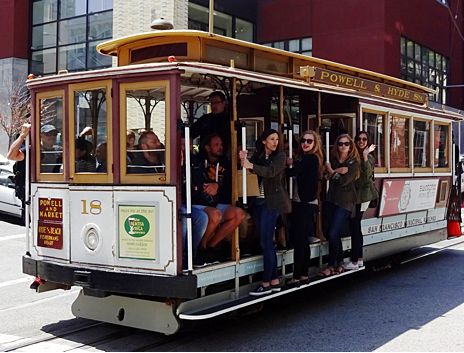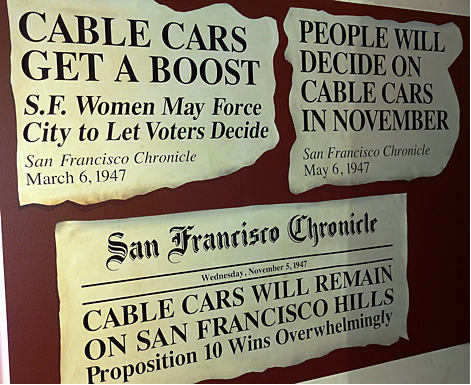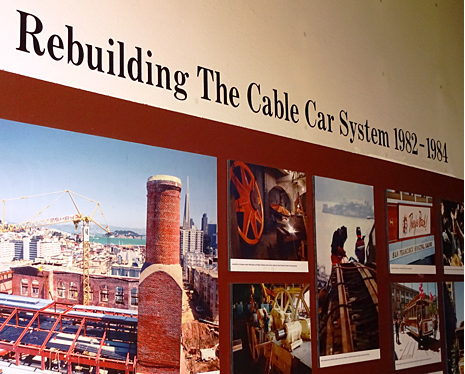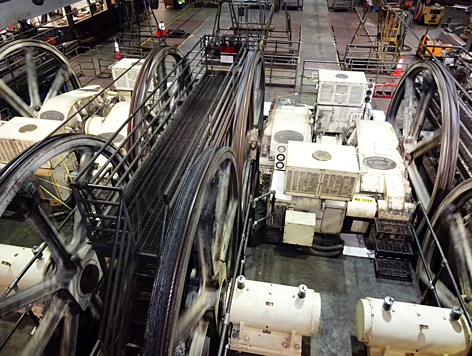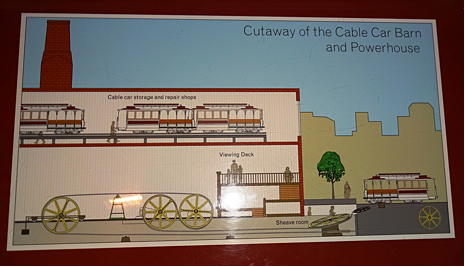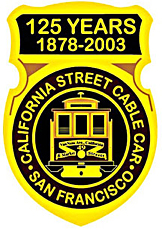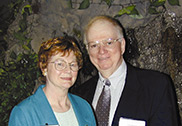San Francisco's Cable Car Museum
|
Other cities have iconic bridges, nearly as famous as the Golden Gate Bridge. Other cities also have iconic buildings, as recognizable as San Francisco's Transamerica Pyramid. But it's the Cable Car which defines San Francisco's heart and soul and is recognized as a symbol of this city all over the world.
San Francisco’s Cable Cars have survived for 143 years, overcoming setbacks - such as the devastating San Francisco earthquake and fire of 1906, two world wars, the Great Depression, and numerous political efforts to scrap them, not to mention the antique nature of the equipment and the cost of keeping it all in a state of repair.
Inventor Andrew Smith Hallidie was a manufacturer of wire-rope cable. At a time when vehicles pulled along rails by horses were in frequent use, he witnessed a team of horses being whipped as they struggled up the rain-slicked cobblestones on Jackson Street. The horses lost their footing, and the car they were pulling dragged them back down the hill to their deaths. This inspired Hallidie to think of a way to move those cars up and down hills pulled by one of his cables, similar to the cables supporting the Brooklyn Bridge and, much later, the Golden Gate Bridge. Used by local commuters and business people, Cable Cars are a handy way to get around the city and a welcome alternative to taxicabs careening across the city's hilly landscape. (Advice to tourists: don't rent a car in San Francisco and try to navigate the steep and confusing one-way streets.) They are also irresistible to tourists, who willingly stand in lengthy lines in order to board. The most adventurous like to cling to the outside for a thrilling ride as the noisy little vehicles bump and rumble their way up and down the city's alarmingly steep hills, bells clanging. Views of (and across) the bay with its bridges, islands, and ocean-going ship traffic are unforgettable.
In 1947, the San Francisco city fathers decided to scrap the cable car system and replace it with diesel buses. When the news of the city's message advocating junking the Cable Cars reached the public, an unidentified protestor screamed over the telephone at the mayor, “Don’t you dare touch those cars! I’m an old San Franciscan and I won’t stand for it!”
A defiant group in the San Francisco Federation of Arts stepped up to found the Citizen's Committee to Save the Cable Cars, headed by Friedel Klussmann. Local businessmen, sold on the idea that the value to local morale and tourism outweighed the cost, believed that "tourists don't come to San Francisco to ride busses.” Word spread quickly throughout the country, and Life magazine pitched in with a photo study of the muscular gripmen who operate the cars. The committee eventually forced a referendum on an amendment to the city charter, compelling the city to continue operating the Powell Street lines. This passed overwhelmingly, by 166,989 votes to 51,457. Nevertheless, the City of San Francisco continued its battle to rid the city of its cable cars. The battle between the City and the Citizens eventually resulted in the compromise three-line system which still exists today. In 1964 the precious and romantic Cable Cars were finally placed out of harm's way as they became the first moving National Historic Landmarks. The system was closed down for two years for a massive rebuilding and restoration project, and today continues to be one of the city's most beloved tourist attractions.
The Cable Car Museum is sponsored by the Friends of the Cable Car, is free, and is located at the corner of Mason Street and Washington Street on Nob Hill, home of the Mark Hopkins and Fairmont hotels. One can ride a Cable Car to get there, since the museum houses the powerhouse of the system. The mezzanine floor of the museum overlooks engines that drive the massive cables and wind them around gigantic spools which are about six feet tall.
These wire cables stay in motion below the streets through a slot between the steel rails. A grip (functioning like a pair of pliers) at the bottom of the vehicle fits around the cable, and the cars appear to move without any visible power source.
The dramatic story of how the Cable Cars began, why they have survived so long to navigate the city's many precipitous hills, and how they were put at risk by local politicians, is illustrated by photos and enlarged newspaper clippings posted on the museum walls. Examples of hardware, such as track cutaways and various types of grips, are on display too. Of great comfort to prospective riders on the steep hills - since the only direction off Nob Hill is down - is an explanation of the braking system, an important three-part mechanism with (thank goodness) an emergency brake. The Cable Car Museum is located at 1201 Mason Street, San Francisco, CA 94108. Hours: 10 am to 6 pm April thru September, and 10 am to 5 pm October 1 thru March 31. Their website, at www.cablecarmuseum.org, sports a moving photo of a wire cable.
Please check out the Blishaks' website stories page. |
|
